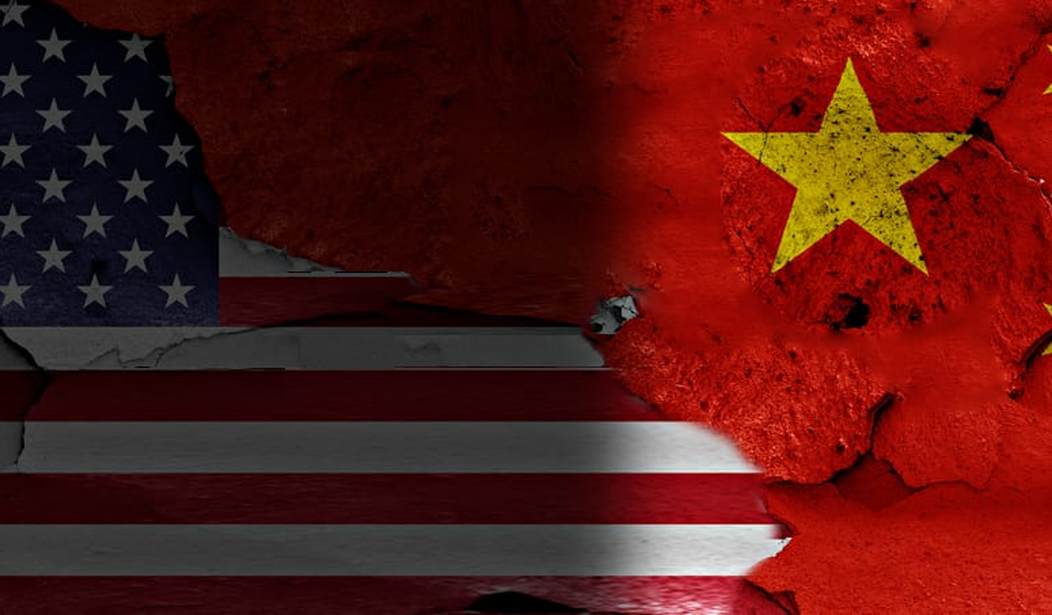China now has the world’s fastest supercomputer, faster than anything we’ve got by a factor of five. Forget the South China Sea. That’s rope-a-dope, and we’re the dope that’s getting roped. We lost that one. We’re about to lose the next round, too.
China has built the computer with chips that it designed and manufactured in China, after the United States banned Intel from selling its fastest chips to China.
China not only has the world’s fastest individual supercomputer, but it has more total supercomputing capacity than the United States. And its capacity is growing, and getting even faster; China claims it will add a zero to computing speed by 2020, which would make its top-of-the-line box 50 times faster than the Titan supercomputer at Oak Ridge National Laboratory.
This isn’t about virtual reality headsets. Supercomputers are a decisive instrument in economics and war. They break codes (or create hard-to-break codes), for example. They simulate nuclear explosions. They design air frames. They model the molecular properties of new materials. China’s economy, to be sure, is far behind America’s in many key areas–but not in chip-making, or computer architecture. Not any more.
China has surface-to-ship missiles (the DF-21 and its successors) that can sink U.S. carriers. It has satellite-killer missiles that can take out our space-based communications. It has high-speed maneuvering missiles. We know about all this. What should worry us is what we don’t know about yet. China’s super-computing capacity opens up a vast number of possibilities for industrial as well as weapons design. It turbocharges the rate of innovation and drastically reduces developing and testing time and costs. This is an advantage America used to take for granted. We controlled exports of fast computer chips, even the ones embedded in game boxes, because we wanted to maintain our edge. And now it’s gone. Not a single politician to my knowledge has mentioned it.
I’m tired of hearing that the Chinese don’t innovate. Most of them don’t innovate, but some of them do, and with 1.4 billion people, even a small percentage implies a lot of innovators. You don’t need a lot of innovators. You need a few good ones and a lot of people who know how to follow instructions. Chinese students know a lot more math than our kids. Try to solve the high-school level problem below (and compare it to the baby stuff in the American curriculum).
I am also tired of hearing about China’s impending financial crisis. There is a lot of bad debt among state-owned enterprises. They owe the debt to state-owned banks. In other words, China’s government owes money to itself. That’s not a crisis. That’s a paper reshuffle. At some future point, to be sure, China’s debt problems might become dangerous. Don’t hold your breath.
Complacency is dangerous. During the 13th-century Mongol siege of Baghdad, the city’s caliph thought that its walls were sufficient defense against lightly armed horsemen. The Mongols hired 1,000 Chinese siege engineers, who breached the city walls in eighteen days, after which the Mongols entered Baghdad and killed most of the 1 million inhabitants.
There’s no guarantee that China will succeed. China could shoot itself in the foot by suppressing private initiative, or it could unleash its people’s enormous talent. Counting on China to collapse of its own weight is not a policy. It’s a sorry excuse for the absence of policy.
What should we do?
Two things.
First, we need to restore funding to basic science and R&D to levels we last saw during Reagan’s Strategic Defense Initiative drive during the 1980s.
Second, we need to raise the performance bar in our schools. I don’t care if some children fail. I don’t care if half of them fail, as long as the other half are better than their Chinese counterparts. China has a ruthless meritocracy. We don’t have to be ruthless. But we need a meritocracy.
(Artwork by Shutterstock.com)











Join the conversation as a VIP Member